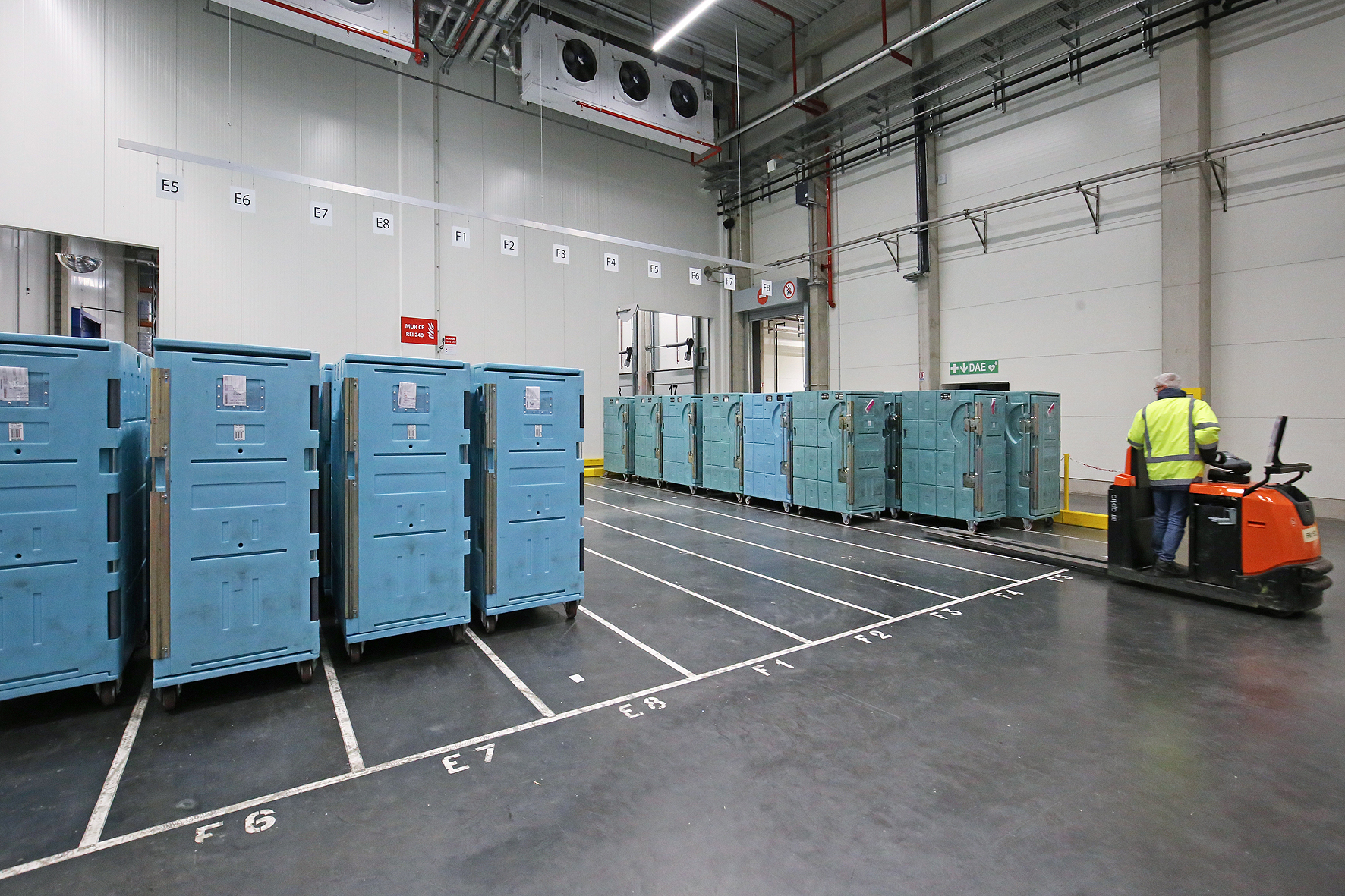In the foodservice sector, respecting the cold chain is a strict obligation to guarantee food safety. Poor temperature management can lead to serious health risks, financial losses, and regulatory penalties.
Which regulatory texts govern the cold chain in foodservice? What are the impacts of non-compliance and how can you concretely avoid them?
How can you secure the cold chain to avoid any problems? Here you will understand and apply best practices in foodservice.
Standards and regulations: what the law says:
Respecting the cold chain is governed by several strict regulations, including:
- The Hygiene Package (EU): This European regulation imposes temperature control measures to avoid food contamination.
- The HACCP method (Hazard Analysis Critical Control Point): It requires restaurateurs to analyse critical points in the cold chain and control them.
- The French Public Health Code and Rural Code: They define the maximum temperatures to be respected for refrigerated and frozen foods.
Examples of regulatory temperatures in foodservice:
- Refrigerated products (meat, fish, dairy): 0 to 4°C
- Frozen products (ice cream, frozen meat): -18°C and below
- Hot consumable food (prepared dishes): minimum +63°C
→ Failure to respect these temperatures may result in an unfavourable health inspection and immediate sanctions.
Why is the cold chain a priority in foodservice?
Maintaining controlled temperature is essential to preserve food quality and protect consumer health.
- Preventing food poisoning: A break in the cold chain promotes the growth of bacteria (Listeria, Salmonella, Escherichia coli).
- Preserving taste and nutritional qualities: any thermal deviation can alter the texture of foods, change their flavour and reduce their nutritional content.
- Compliance with health standards: A poor inspection can lead to penalties and loss of customer trust.
→ Foodservice professionals must ensure precise temperature monitoring, from the reception of goods to the service of dishes.
How do health inspections work?
Foodservice establishments are regularly inspected by the veterinary services of the Departmental Directorate for Population Protection (DDPP).
During an inspection, officers check:
- Temperature logs of storage equipment such as cold rooms or refrigerated displays.
- Equipment compliance (condition of fridges, freezers, isothermal containers).
- Compliance with HACCP procedures: food traceability, temperature respect, general hygiene.
- Transport and delivery management: Conditions for receiving and storing foodstuffs.
→ Inspections can happen without warning: it is therefore essential to maintain rigorous monitoring and up-to-date documentation at every stage.
What are the consequences of a break in the cold chain?
Failure to maintain the cold chain in foodservice exposes you to serious consequences:
Health sanctions:
- Warning or formal notice in case of minor anomaly.
- Immediate administrative closure if a health hazard is detected.
Financial and legal sanctions:
- Fines up to €15,000 depending on the severity of the offence.
- Legal actions can be initiated if consumer safety is at risk.
Impact on image and business:
- A negative health inspection can be published on the official Alim’confiance website, harming the restaurant’s reputation.
- Food poisoning cases linked to an establishment can result in irreversible customer loss.
→ Investing in reliable equipment and following best practices is essential to avoid these risks.
3 key best practices to ensure continuity of the cold chain
Tip #1 : Use high-performance and suitable equipment
To avoid any temperature break, it is essential to use:
- Well-maintained cold rooms and refrigerated displays.
- The use of suitable isothermal containers is essential to maintain temperature during the transport of perishable goods.
- Eutectic plates to ensure stable temperature without external energy.
→ Olivo isothermal containers are an effective solution to ensure safe transport of food products.
Tip #2 : Implement strict temperature monitoring:
Proper temperature tracking helps anticipate anomalies and ensure compliance.
- Take regular temperature readings.
- Use connected temperature sensors and recorders.
- Archive readings to prove traceability in case of inspection.
→ Automatic logging and alerts in case of deviation allow quick action and prevent merchandise loss.
Tip #3 : Train and raise team awareness:
Many cold management failures stem from mishandling or lack of staff vigilance.
- Train staff on temperature control and hygiene standards.
- Establish clear protocols for receiving and storing products.
- Raise awareness about limiting openings of cold rooms and isothermal containers.
→ Well-trained teams ensure better temperature control and greater food safety.
Respecting the cold chain in foodservice is a non-negotiable requirement to ensure consumer safety and regulatory compliance.
By implementing strict temperature tracking, suitable equipment, and ongoing staff training, restaurateurs can reduce risks and ensure the quality of their products.
Our news in cold logistics
View the blog
-
How to optimize logistics flows and address supply chain challenges in food retail by 2025?
4 June 2025
by Edina GÁLFI
-
3 keys for HACCP principles in food retail
7 April 2025
by Edina GÁLFI
-
Understanding and maximizing the use of eutectic plates in the supply chain
9 January 2025
by Edina GÁLFI





